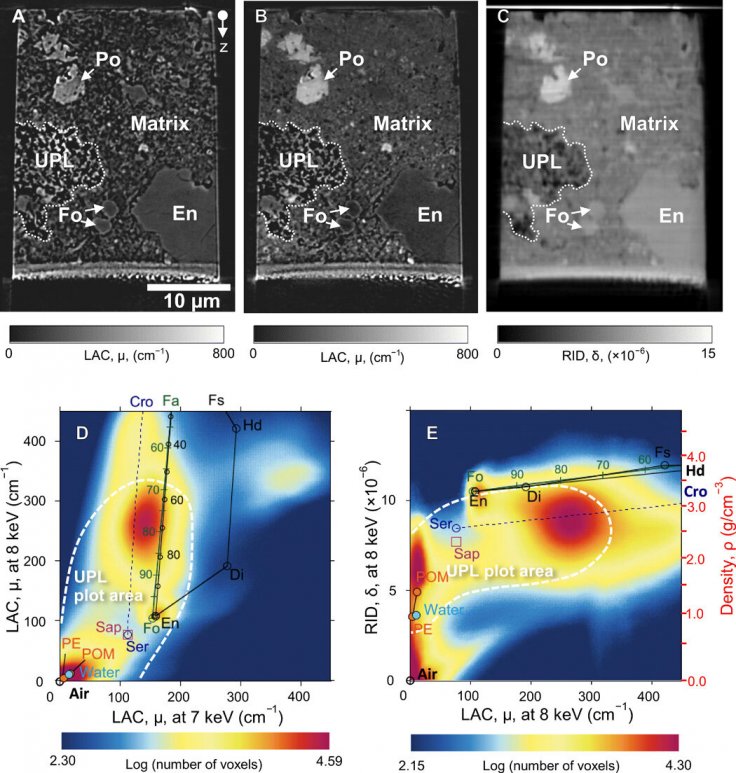A new research, published in the journal Science Advances, stated that a team of researchers from Japan, China and the UK has found evidence of ice fossils on the surface of a meteorite named Acfer 094.
In the close-up study, the group discussed the Acfer 094 meteorite that was found in the Algerian mountains back in 1990. According to the team of researchers, ever since then the meteorite has undergone intense scrutiny due to its age. Acfer 094 can be referred to as a primitive meteorite as it dates back to approximately 4.6 billion years ago.
Evidence of primitive solar system
The researchers believe that the 82-gram meteorite may have evidence of the primitive solar system and the scientists can be provided with clues how planets and other celestial bodies were formed.
The team used synchrotron radiation-based X-ray computed nanotomography technique to study the meteorite and in that process they found evidence of extremely tiny pores of 10 microns across. The scientists said they believe that those tiny pores are fossilised crystals of ice or to be more precise those are tiny indentations on the surface of the meteorite that once had ice crystals.
"The pores were left behind when the meteorite crossed the snow line—a virtual sphere surrounding the sun that marks the boundary where heat from the sun melts ice on meteorites," the researchers suggested, as explained in phys.org.
Mineral formation in pores
The team has also traced evidence of mineral formation in the pores. It is believed that the interaction between the minerals and water in the rock formed the meteorite.
However, the researchers noted that the water present in the pores was not enough to produce the total amount of minerals that they have found. They said that there had to be more ice to form that much amount of minerals and suggested that the parent body of the meteorite, which must have once been a part of a larger object, was heterogeneous.

According to the team, the surface ice would have melted and dissipated as the parent body crossed the snow line resulting in higher water or ice content in the core than the outer layers.
The researchers claimed that this study is important to have a better understanding of the origin of water on Earth. They said that the findings of this research indicates that water must have come from farther out in the solar system than expected.









